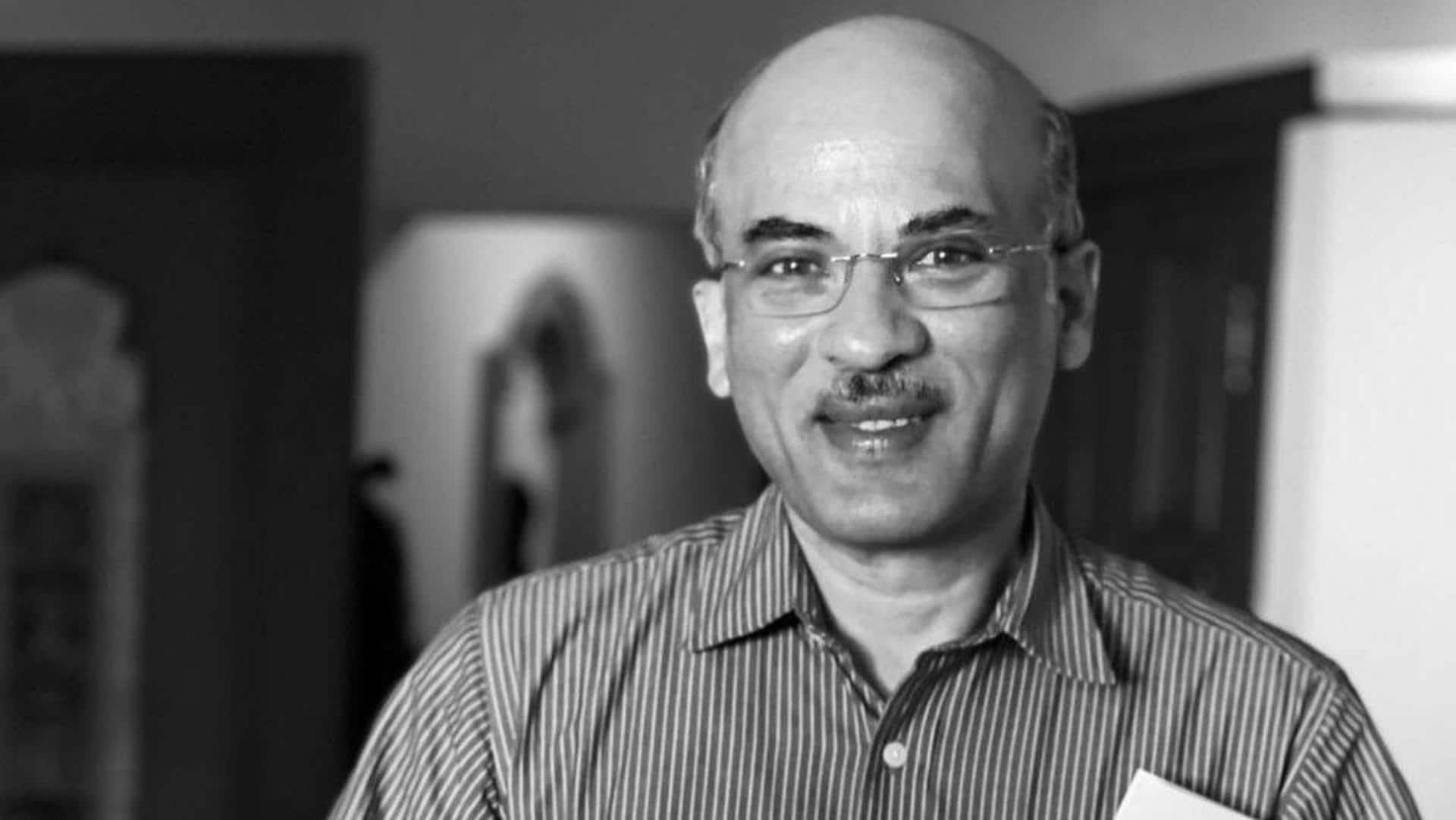
Sooraj Barjatya's birthday: How 'Hum Aapke Hain Koun...!' brought cultural-shift
What's the story
What is common between the movies Maine Pyar Kiya, Hum Sath Sath Hai, and Vivah? Apart from screaming "family love" at the heartland, all the movies are directed by ace filmmaker Sooraj R Barjatya. In the '90s era, he found his calling in deep-rooted, family emotions. As the filmmaker turned 59, we decode how Hum Aapke Hai Koun...! changed the landscape of Indian cinema.
Indian values
A new meaning to joint families
While his peers were going West for inspiration, Barjatya invested himself in understanding the emotions of the Indian family, their traditions, and fundamental values. In HAHK, if you look closely, there is a house that is full of relatives, and no outsiders! Despite their differences, they live in harmony, support one another in hard times, and celebrate each occasion with great pomp and gusto.
Wholesome film
'Hum Aapke Hai Koun…!' served the best of both worlds!
This film served as the start for a long career of Barjatya in his newfangled love for telling family-oriented stories. With his 1994 release, Barjatya proved that weaving a romantic story within the framework of an Indian traditional family, was rather possible. The movie traces the love story of Nisha and Prem on the side, meanwhile, putting emphasis on the happenings in the family.
Weddings in film
The culture of big Indian weddings started with 'HAHK'
Besides setting many milestones, this film pioneered a new way to celebrate weddings. The 14 extended songs became the highlight of the film. Whether it's for engagement (Wah Wah Raamji), for joota chupai (Joote de do paise le lo), or for a baby shower (Dhiktana), the film had songs to celebrate each and every occasion, many of which still rule wedding playlists.
Family-oriented drama
Prioritizing family above everything else
The best thing about the movie was that it didn't have one hero, instead, each character served the purpose of creating a wholesome movie. With family at the heart of its narrative, the story epitomized sacrifice, duty, and cherished Indian values. Because of the success of this film, even the 1995 release Dilwale Dulhania Le Jayenge was accepted with so much love and adulation.
No villains
There was no shade of grey, let alone black!
If you remember the '80-'90s era, Indian cinema was mostly serving action-oriented, kitsch films to viewers. The high-octane action sequences and revenge dramas dominated Indian cinema. It came as a surprise to viewers that HAHK had almost no villains or grey characters! Caricature characters were present in the film, which were mostly found in Indian families, which is why audiences connected with it well.